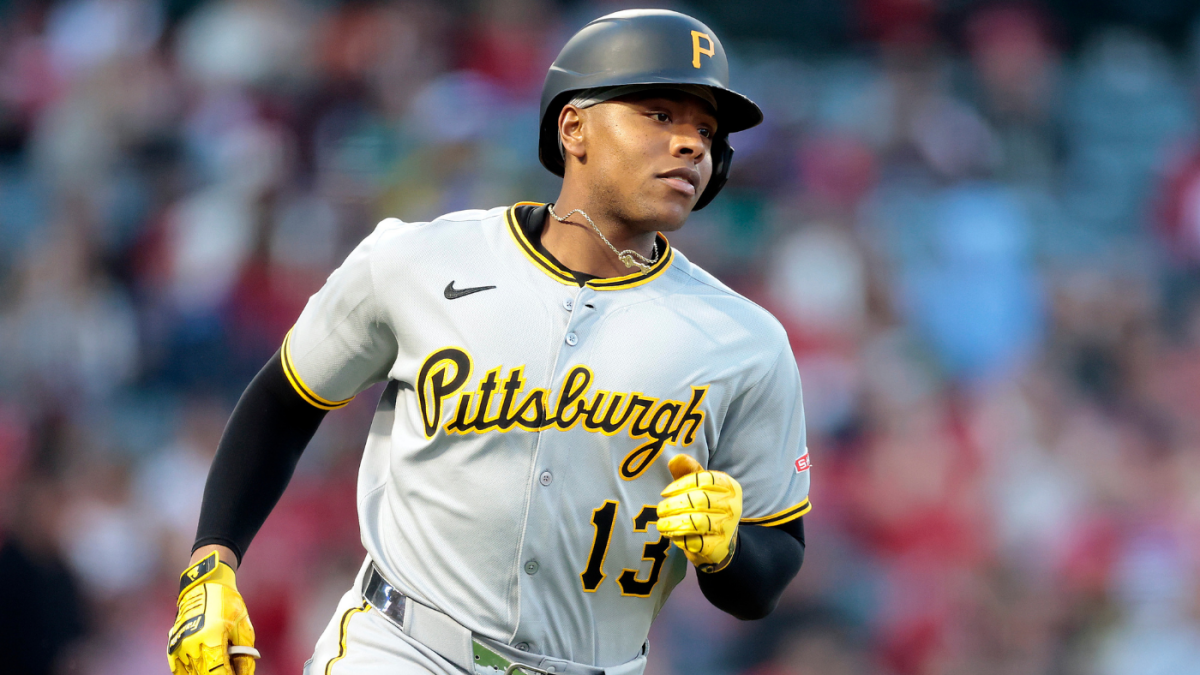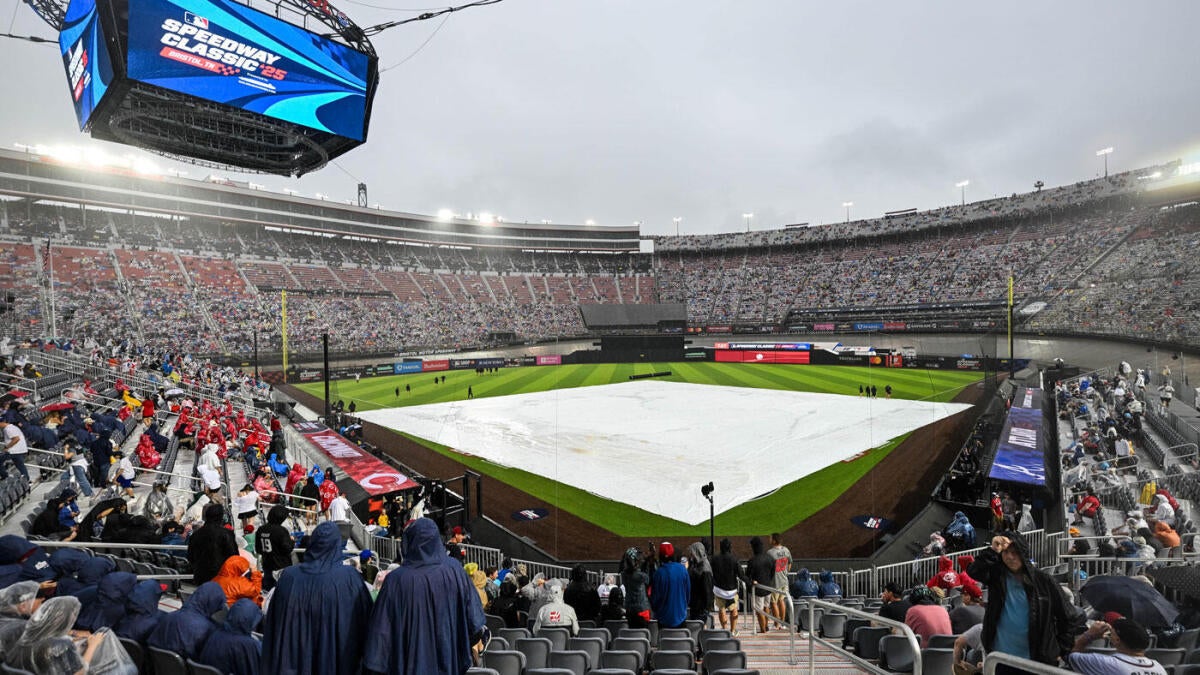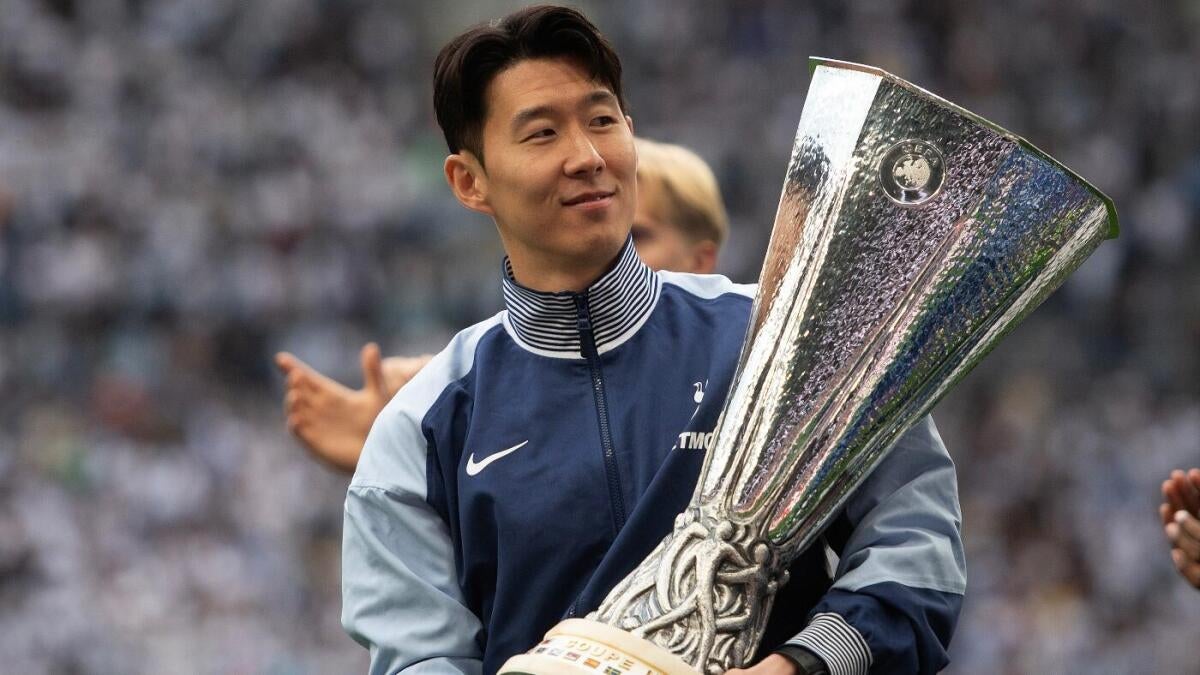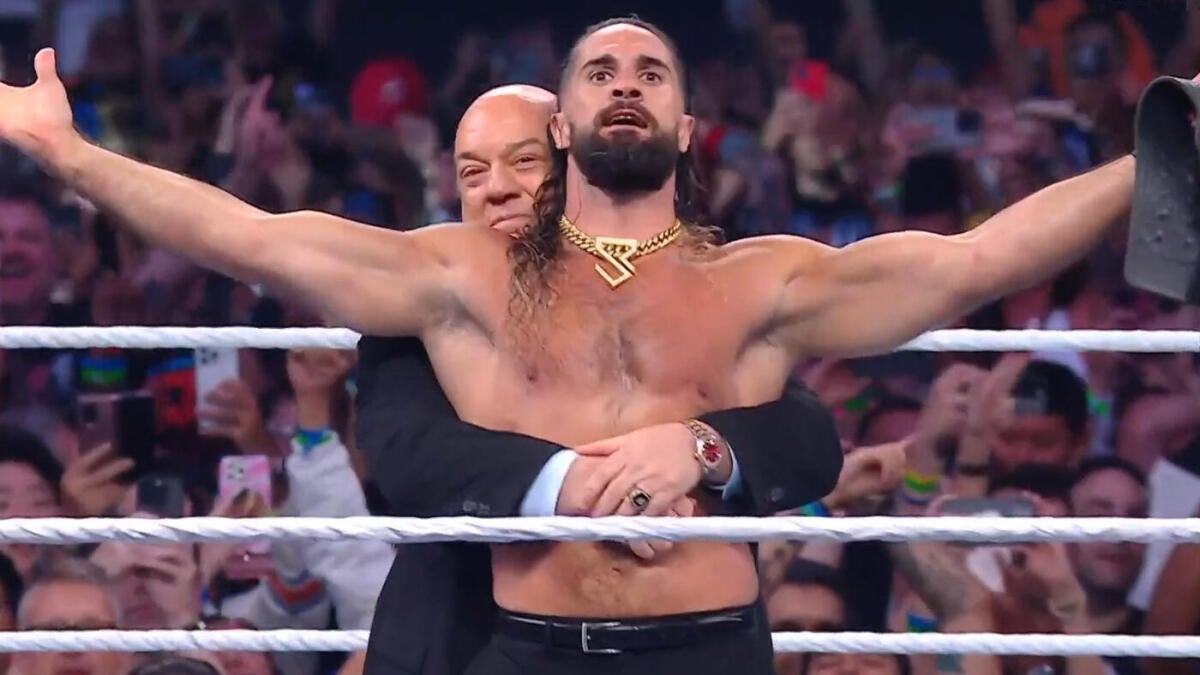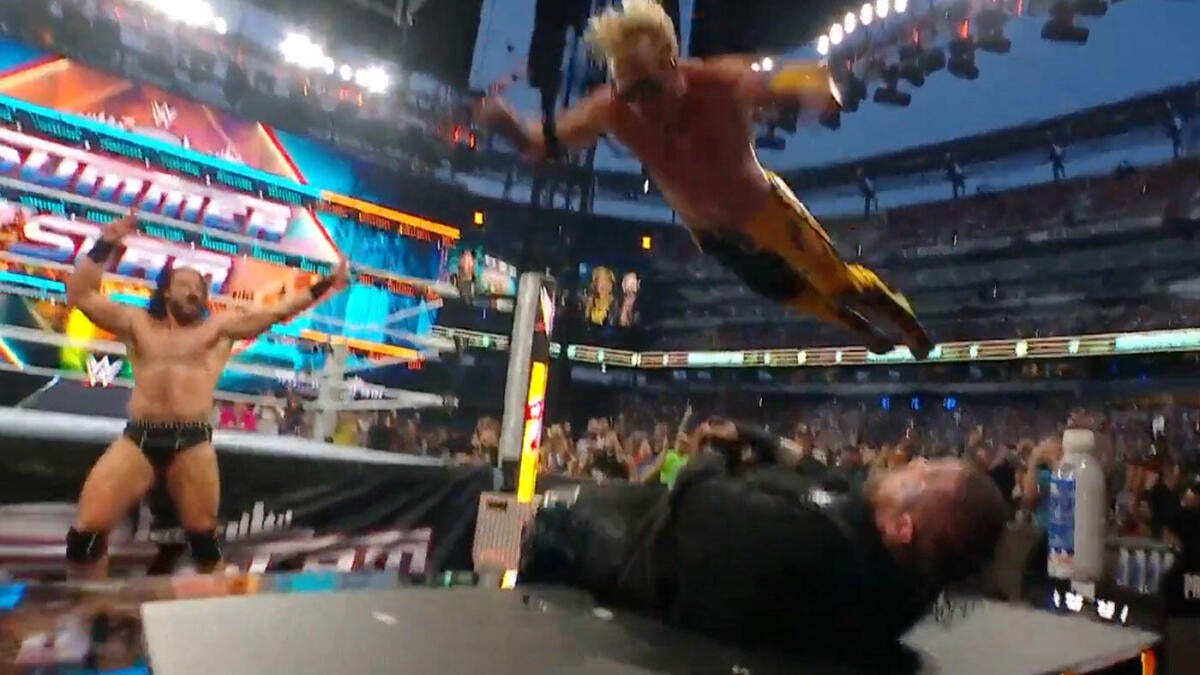The Keystone Acquisition: A Strategic Move for the Cincinnati Reds
Introduction: A Bold Move in the MLB Trade Deadline
The Cincinnati Reds have made a significant statement in the MLB trade deadline by acquiring Gold Glove third baseman Ke’Bryan Hayes from the Pittsburgh Pirates. This move, which sent shockwaves through both fan bases and the league, underscores the Reds’ commitment to building a competitive team. The trade package, which included reliever Taylor Rogers and prospect Sammy Stafura, represents a calculated risk that could pay off handsomely for the Reds in the coming years.
Defensive Fortification: Addressing a Critical Need
The most immediate impact of acquiring Ke’Bryan Hayes is the dramatic improvement he brings to the Reds’ defense. Hayes is not just a good defensive third baseman; he is widely regarded as one of the best in the game, having already secured a Gold Glove award. His range, glove work, and arm strength are all elite, allowing him to make plays that few others can.
Cincinnati’s infield defense has been a persistent area of concern in recent seasons. Errors, missed opportunities, and a general lack of fluidity have cost the team runs and games. Hayes’ arrival instantly elevates the defensive floor, providing stability and reliability at a crucial position. His presence will undoubtedly save runs with his stellar play and inspire confidence in the pitching staff. The other infielders can play with more freedom, knowing they have a dependable force alongside them.
Beyond the tangible improvements in fielding percentage and reduced errors, Hayes’ defensive prowess brings an intangible benefit: leadership and confidence. A Gold Glove caliber player commanding the hot corner sets a tone for the entire team. His dedication to defense and consistent excellence will undoubtedly rub off on his teammates, fostering a culture of defensive responsibility.
Offensive Upside: A Work in Progress
While Hayes’ defensive abilities are his calling card, his offensive contributions have been less consistent. He possesses a solid batting average and shows flashes of power, but his overall offensive production hasn’t yet matched his defensive brilliance. However, the Reds are clearly banking on Hayes’ potential to develop into a more potent offensive threat.
Several factors contribute to the optimism surrounding Hayes’ offensive upside. He’s still relatively young and possesses the raw tools to improve. He’s under contract through 2029, providing the Reds with ample time to work with him and unlock his offensive potential. A change of scenery and a new coaching staff could be exactly what Hayes needs to take his hitting to the next level. The Reds have demonstrated a track record of player development, particularly with young hitters, and they’ll likely employ a data-driven approach to refine Hayes’ approach at the plate.
It’s also worth noting that Hayes has shown signs of progress in recent seasons. While his overall numbers may not jump off the page, he’s steadily increased his power output and has demonstrated a willingness to adjust his swing and approach. With dedicated coaching and a focus on maximizing his strengths, there’s reason to believe that Hayes can evolve into a more well-rounded player who contributes significantly on both sides of the ball.
The Cost of Acquisition: Assessing the Trade Package
The Reds parted with reliever Taylor Rogers and prospect Sammy Stafura to acquire Hayes. While both players possess value, the Reds clearly felt that the potential benefits of acquiring Hayes outweighed the cost.
Taylor Rogers, a veteran left-handed reliever, brought stability and experience to the Reds’ bullpen. He has a track record of success and is known for his ability to generate strikeouts and limit damage. However, the Reds’ bullpen has shown flashes of brilliance even without Rogers, and the team likely felt comfortable parting ways with him, given the significant upgrade they were getting in Hayes.
Sammy Stafura, a shortstop prospect, represents the long-term potential in the trade package. While still early in his development, Stafura possesses promising tools and has the potential to become a valuable asset down the road. However, prospects are inherently uncertain, and the Reds likely deemed Hayes’ proven talent and immediate impact to be more valuable than the potential upside of Stafura.
Ultimately, the trade boils down to a calculated risk. The Reds are betting that Hayes’ defensive excellence and offensive upside outweigh the loss of Rogers’ bullpen stability and Stafura’s potential. Given the team’s focus on contention and the long-term control they have over Hayes, it’s a gamble they were willing to take.
Intra-Divisional Dynamics: A Bold Statement
Trades between division rivals are rare and often carry an extra layer of intrigue and scrutiny. The Pirates’ decision to trade a player of Hayes’ caliber to the Reds signals a potential shift in the power dynamics within the NL Central. It suggests that the Pirates may be prioritizing long-term rebuilding over immediate competitiveness, while the Reds are clearly focused on accelerating their timeline to contention.
This trade sends a clear message to the rest of the division: the Reds are serious about competing. By acquiring a player as talented as Hayes, they’ve significantly improved their team and have sent a signal that they’re not content to simply be competitive; they want to win.
Long-Term Implications: Building a Contender
The acquisition of Ke’Bryan Hayes is not merely a short-term fix; it’s a strategic move that has long-term implications for the Reds. Hayes is under contract through 2029, providing the team with a cornerstone player at third base for the foreseeable future. His presence allows the Reds to focus their resources on other areas of need, knowing that they have a reliable and talented player anchoring the infield.
Moreover, Hayes’ arrival aligns with the Reds’ overall strategy of building a team around young, controllable talent. He joins a core of promising players who are all under team control for several years, giving the Reds a solid foundation upon which to build a sustainable contender.
The Reds’ front office has demonstrated a willingness to be aggressive and make bold moves to improve the team. The acquisition of Hayes is further evidence of their commitment to winning and their belief in the potential of their young core.
Conclusion: A Trade with Promise
The Cincinnati Reds’ acquisition of Ke’Bryan Hayes is a significant move that has the potential to reshape the team’s trajectory. While the cost was not insignificant, the potential rewards are substantial. Hayes’ defensive brilliance and offensive upside make him a valuable addition to the Reds’ roster. This trade signals a clear intention from the Reds to compete seriously in the NL Central. It solidifies their infield defense, provides a long-term presence at third base, and sends a message to the rest of the league that the Reds are serious about winning. For the Reds, this trade is more than just acquiring a player; it’s about planting a flag and declaring their intent to be a force in the National League.







